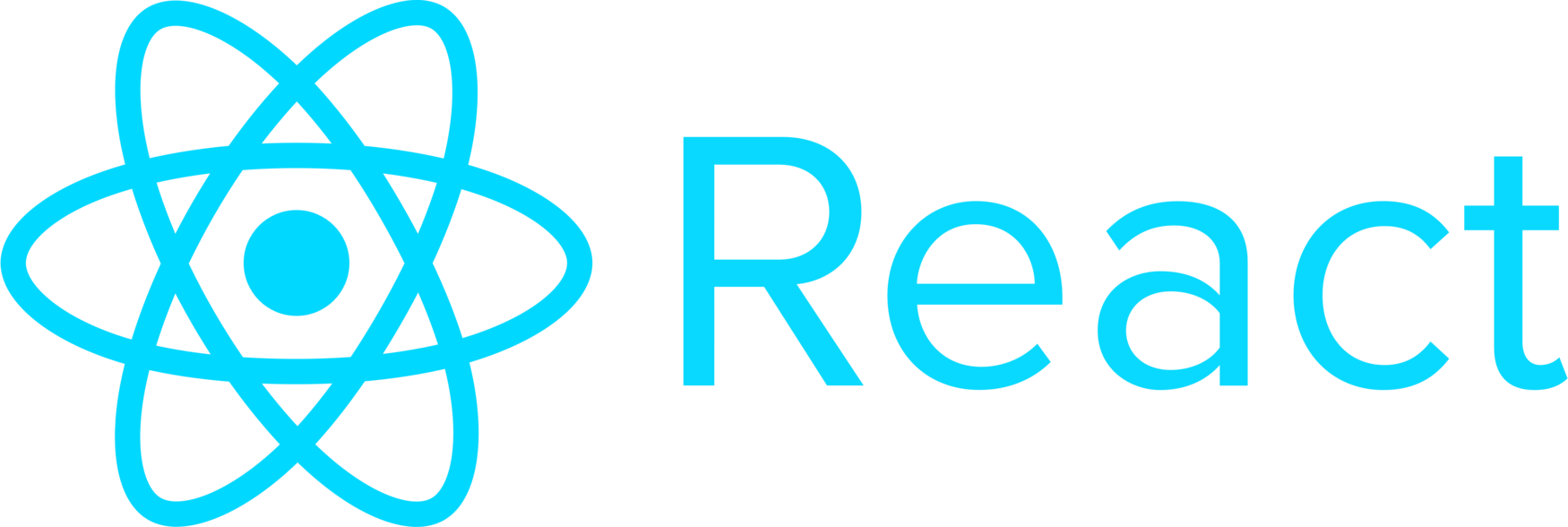Technologies in use: React
At makandra, we use React to develop complex and highly efficient user interfaces.

What is React?

React (also known as ReactJS or React.js) is one of the leading JavaScript libraries for the development of modern web and mobile applications. Originally developed by Meta (formerly Facebook), React has quickly established itself as the preferred tool in the development world. Applications such as Facebook, Instagram and Netflix use React to enable their responsive and dynamic user experiences.
Why do we use React in our technology stack? The library enables the creation of user interfaces (UIs) through reusable components that integrate seamlessly. In addition, moving application logic to the browser enables faster and more sophisticated user interfaces than traditional server-based technologies.
ADVANTAGES OF REACT

React vs. Angular vs. Vue
When choosing a front-end tool, React, Angular and Vue are often up for discussion. Here is a brief overview of the differences:
- React
A JavaScript library for creating reusable UI components. It uses a virtual DOM for quick updates and provides flexibility for interactive web applications. Although React is often referred to as a “framework” because it is used for large-scale web applications and many additional tools and libraries are available in the React ecosystem, it technically remains a library that focuses on the user interface (UI). - Angular
A comprehensive framework from Google that offers a complete solution for web development. It uses TypeScript and provides a structured, comprehensive platform for large, complex applications. - Vue
A progressive framework that emphasizes simplicity and flexibility. It integrates incrementally and provides clear, reactive data binding, ideal for projects that require a balance between functionality and usability.
At makandra, we use React and Angular in our web development technology stack alongside our flagship Ruby on Rails. By combining multiple technologies, we can develop customized solutions and make the most of each solution's strengths.

FAQ about React
React was developed by Jordan Walke at Facebook in 2011 to make dynamic interfaces more efficient, e.g. for the Facebook newsfeed. It solved performance problems with the UI and introduced the virtual DOM. It was released as open source in 2013 and is now also widely used in applications such as Instagram.
React components are reusable UI building blocks that are divided into two types: Function components and class components. They encapsulate logic and representation and can manage their own state.
Hooks are functions that make it possible to use function component states and other React functions such as the lifecycle. Examples are useState, useEffect, useContext.
React creates a copy of the DOM (Document Object Model), the virtual DOM, and only updates the parts of the real DOM that have changed. This makes updates more efficient.
Performance optimization techniques in React include using React.memo to avoid unnecessary re-rendering, splitting code with lazy loading and using hooks such as useCallback and useMemo.
Angular is a comprehensive framework whose best practices enable developers to create robust applications.
Vue is a progressive JavaScript framework used for web application development. React, on the other hand, is not a framework but a UI library that supports the creation of unique user interfaces.
React is distinctive because of its component-based approach, the use of the virtual DOM and the flexibility to handle only the view layer in MVC. It offers developers more freedom in structuring their application compared to Angular, which is a complete framework.
React is flexible, performant, has a large developer community and is supported by large companies such as Facebook. Its component-based architecture and ecosystem make it a preferred choice for many web developers.
React Native is a UI framework for developing mobile applications for iOS and Android. While it uses the same principles and architecture as React, it utilizes native mobile components instead of web technologies such as HTML and CSS to provide a native user experience and performance on mobile devices.
The main difference between React and React Native lies in their target platform and application. To summarize: React is for web applications, while React Native is designed for mobile apps.